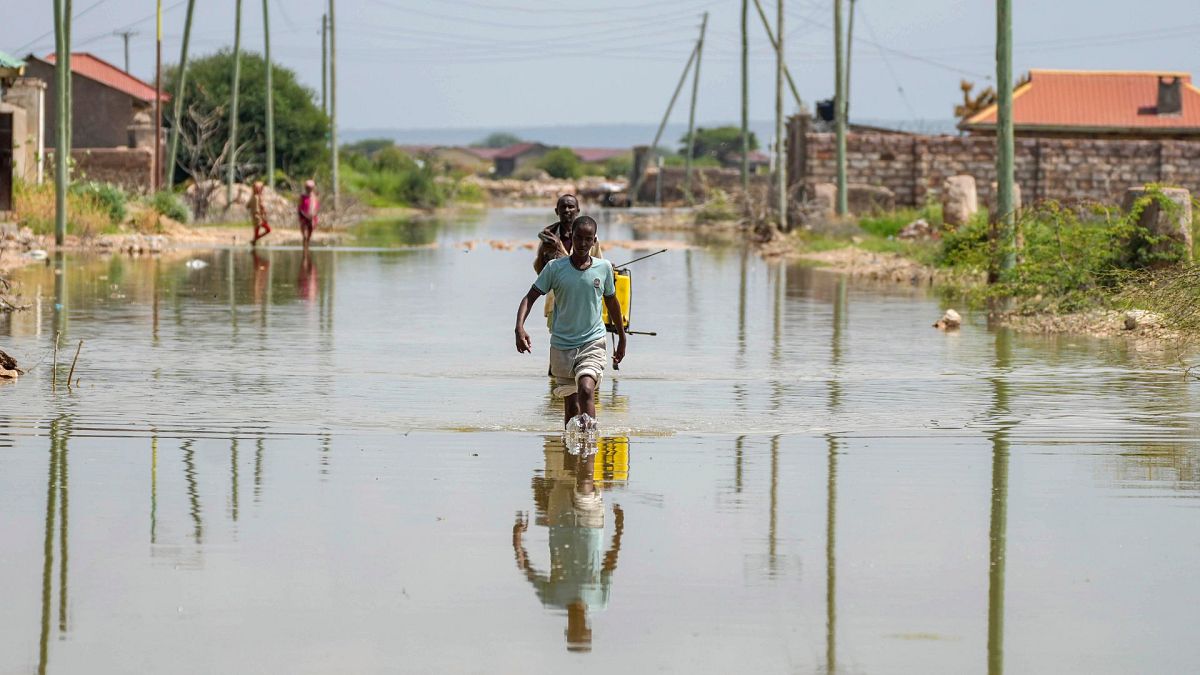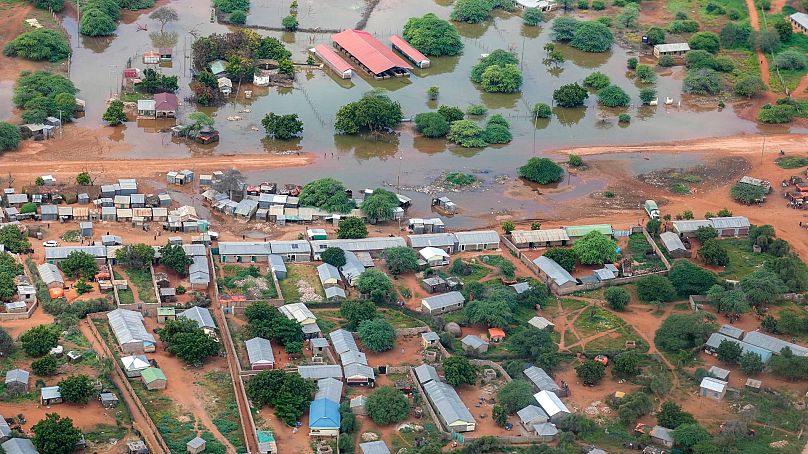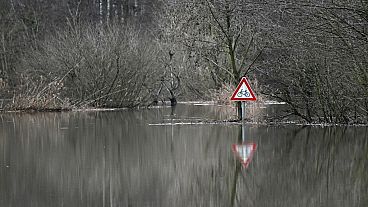There is no end in sight for the extreme weather.
Kenya’s military has stepped up efforts to evacuate hundreds of people trapped by raging floods. Hundreds of people have died and millions more have been affected since the rains began in October.
Just last week scientists confirmed that human-caused climate change has made the rain up to two times more intense.
Joyce Kimutai, principal meteorologist at the Kenya Meteorological Department and lead author of the World Weather Attribution study, said the findings stress the dangers of continually warming the planet and the need for humanity to cut down emissions as “whatever we’re doing is definitely not on track.”
“What the planet is telling us is that ‘You’re continually warming me, and there’s no way I can dispel that heat other than to increase in the way the atmosphere behaves,'” said Kimutai, who is also a researcher at Imperial College London.
Disease and lost livelihoods
Tens of thousands of people in Northern Kenya have lost livestock, farmland and homes due to the floods described by aid groups as the worst in 100 years.
The rains have also caused an increase in cholera and other waterborne diseases in some parts.
“What we are witnessing in Kenya, Somalia, and Ethiopia is yet another devastating blow to an already fragile humanitarian situation,” said Melaku Yirga, regional director for Africa at the humanitarian organization Mercy Corps.
“Floods have washed away entire villages, wiping out homes, farmlands, and the critical infrastructure necessary to support a swift recovery and movement of people, goods, and much-needed humanitarian aid.”
Kenya’s meteorological department has warned that heavy rains will continue into the new year. It is urging people living in lowlands and flood-prone areas to evacuate.
“While I was running away from the rains and the flood waters, I fell down and broke my hand. After the incident my family and I came here to the displacement camp," says Gabey Aliow Issak, 65, in the town of Mandera.
Kenya is not the only country to be affected. In neighbouring Somalia, the death toll stood at 110 on Monday, with more than 1 million displaced. And in Ethiopia, the rains had caused the deaths of 57 people and displacement of more than 600,000 as of 27 November. And in Tanzania, heavy flooding and landslides in the northern part of the country killed at least 68 people and injured 100 last weekend.
On Wednesday, British High Commissioner Neil Wigan visited remote Mandera County, where a severe drought a year ago wiped out the livelihoods of residents in many communities.
”Climate change is one of the greatest challenges facing everyone in the world, but you see very acutely in places like northern Kenya, where the impact of the drought and livestock dying and now the flood on people’s livelihood has been absolutely enormous,“ Wigan said. "We are committed to dealing with both the short-term consequences, what we can do for cash grants, foods, medicine and other vital supplies but how can we build systems nationally and internationally to deal with the effects of climate change.”
Climate change has made rain more frequent and intense
October to December is a “short rains” season in Eastern Africa, with the frequency and intensity of the rains influenced by two naturally occurring climate phenomena: El Niño Southern Oscillation (ENSO) and the Indian Ocean Dipole (IOD), which this year have both shaped up to increase the likelihood of heavy rainfall.
To assess how climate change may have affected this year's season, 10 researchers used weather data from the three countries, as well as climate model simulations, to compare how the season has changed in today’s climate, which has warmed about 1.2 degrees Celsius (2.2 degrees Fahrenheit), with cooler pre-industrial climate.
They found that the magnitude of the rainfall had nearly doubled due to the global warming. The scientists also said IOD had contributed almost equally to the intensity.
They found the rainfall experienced between October and December to be “one of the most intense ever recorded” in “short rains” seasons over the past 40 years.
The findings show the impact that the burning of fossil fuels, mostly done by rich countries, has on vulnerable populations. The world is experiencing more and more climatic extremes. Greenhouse gas emissions, which trap heat and warm the planet, are increasing to record levels. The World Meteorological Organization said recently that 2023 is almost certain to be the hottest year on record and warned of more worrying climatic events.
The study also looked at the impact of the heavy rains on communities in the region. The researchers found that people are struggling to deal with the effects of the rains as they are yet to recover from the devastating shocks of a three-year drought that was also exacerbated by climate change. They said increasing risks from extreme weather may strain responses by governments and humanitarian organizations.
Torrential rains and flash floods have caused rampant deaths, displacement, and destruction of infrastructure in parts of Eastern Africa, affecting millions since they began in October.
The situation in Eastern Africa emphasizes an urgent need for climate change adaptation, and a regional approach to address the crisis, said Musavengana Chibwana, regional humanitarian advocacy and policy manager for east and southern Africa at the humanitarian organization Save the Children.
“Just months ago, back-to-back drought in the Horn of Africa and lack of water claimed lives; now, flood waters are doing the same,” he said. “This is a clear indication of a climate crisis which is getting worse.”




